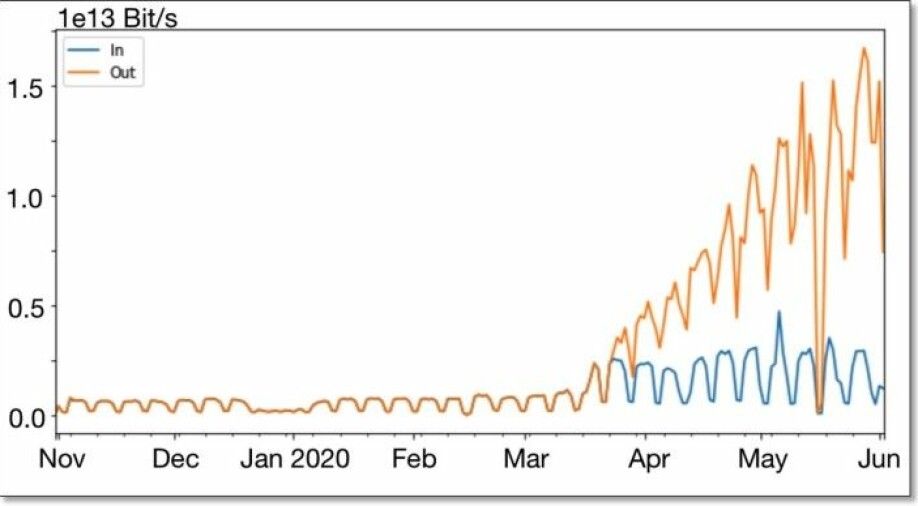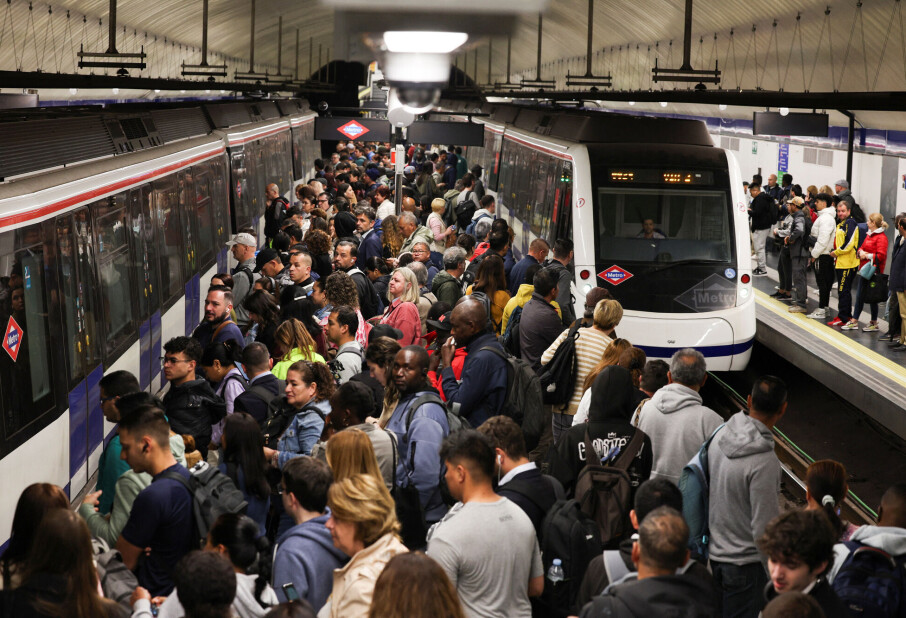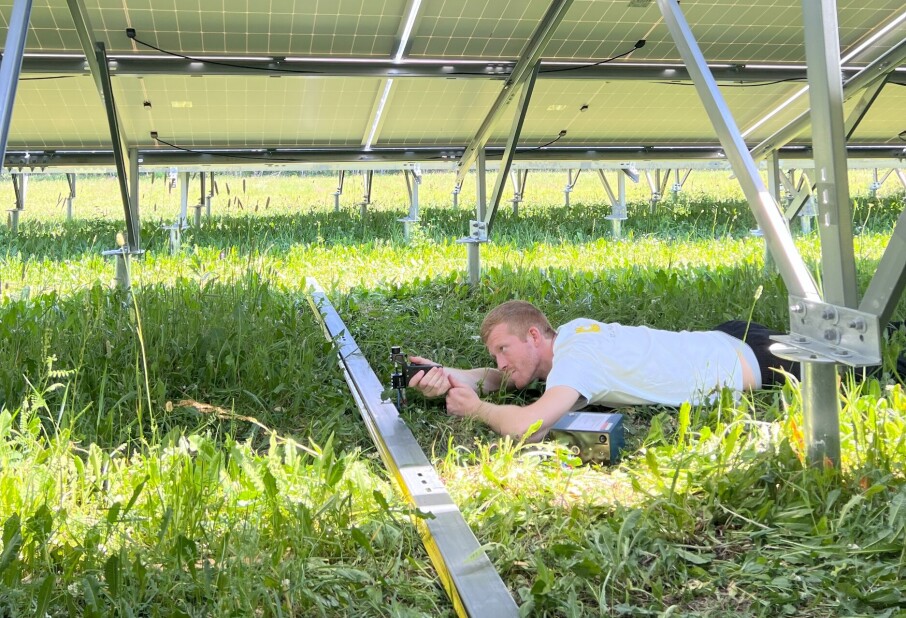
The Internet fared surprisingly well during the pandemic
In many places the global lockdown led to a doubling or more of Internet traffic. Things went surprisingly well, a new Norwegian study shows.
The Internet has become a critical part of society’s infrastructure. This is true in most parts of the world.
When the pandemic hit home in the spring of 2020, Internet traffic levels sky-rocketed.
Office work and physical meetings were replaced by virtual workplaces and online meetings. Teaching also moved online.
We streamed a lot more films and played more computer games. And we searched even more for news and information, or things to buy online.
“Our project collates information about Internet performance during the first part of the pandemic from multiple sources,” says Ahmed Elmokashfi, who has led the project at the Center for Resilient Networks and Applications (CRNA) at the Oslo Metropolitan University’s research institute Simula.

“All in all, the Internet has done surprisingly well.”
The Internet is robust
Elmokashfi has a good explanation for this: namely, the robust way in which the architecture of the global network is built.
But there was no guarantee that the Internet would work as well as it did when faced with such a sharp increase in traffic.
“Another explanation is that much of what is sent over the Internet is now scalable in a smart way.”
“For example, when you stream a film to your home TV and the Internet’s transmission capacity is reduced, the resolution of your film will be automatically reduced. This prevents the film from buffering.”
This became important when hundreds of millions of people around the world suddenly started streaming more than twice as many series and films from services such as Netflix and HBO.
“There is hardly any other infrastructure in the world that would have tolerated people suddenly starting to use it twice as much,” says Elmokashfi.
He adds that several of the key components of the Internet such as the DNS (Domain Name System) and the BGP (Border Gateway Protocol) are built with this in mind.
Extreme increase in online meetings
The number of online meetings and video conferences in particular took off during the pandemic.
In a separate sub-study, researchers at CRNA in Oslo have established that only smart prioritising by service providers made the steep hike in traffic manageable. These suppliers have also used solutions that automatically reduce the image quality (resolution) when the traffic is heavy. Many users hardly notice any difference.

Catalyst for new research
Through their study, the researchers at CRNA also discovered that several of the global network companies cut back on maintenance work during the pandemic. Instead, they invested resources in maintaining capacity.
“When the Internet was put to such a stern test during the pandemic, it provided researchers with answers to several pertinent issues around the construction of the network,” says Elmokashfi.
Researchers were able to compare where the Internet worked well and where it fell short.
In future, researchers will pay extra attention to the places where the network broke down to learn more about what makes it vulnerable.
References:
Ahmed Elmokashfi et.al.: A Multi-Perspective Study of Internet Performance during the COVID-19 Outbreak. Simula, 2021.
CRNA’s blog: Internet passed the test of the Pandemic, 5 July 2021.
———
Read the Norwegian version of this article at forskning.no































